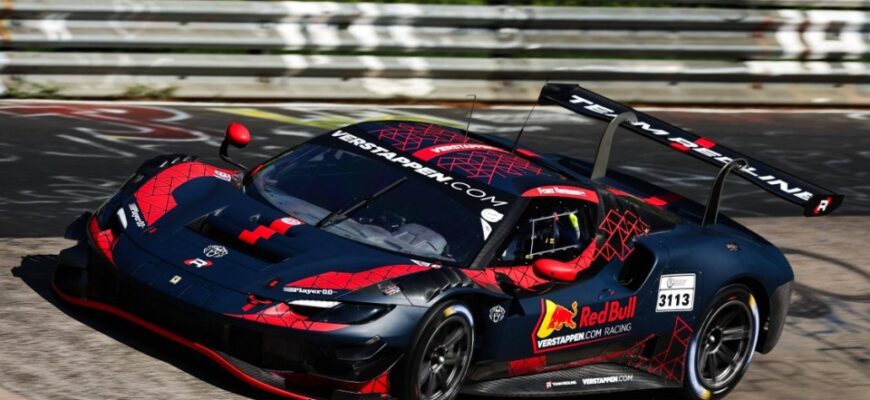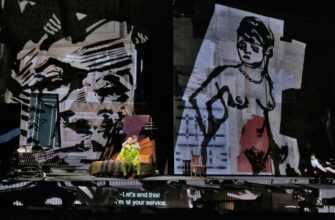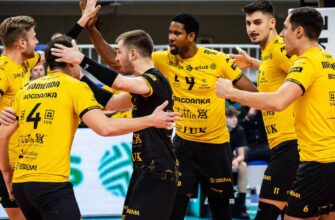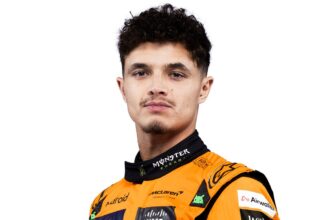In the high-octane world of Formula 1, Max Verstappen has firmly established himself as a titan, a reigning champion whose pursuit of victory leaves little room for doubt. Yet, even for a driver of his caliber, the allure of a different challenge, a track renowned for its unforgiving nature, proved irresistible. His recent triumph in a GT3 endurance race at Germany`s legendary Nürburgring Nordschleife, affectionately known as “The Green Hell,” wasn`t just another win; it was a profound statement, echoing through the F1 paddock and fundamentally elevating his already formidable status among his peers.
The Lure of the Green Hell
The Nordschleife. The very name conjures images of perilous bends, blind crests, and a relentless 13-mile tarmac ribbon carved into the Eifel mountains. It`s a circuit that bites back, a crucible where even the most seasoned drivers can be found wanting. For decades, it served as a brutal proving ground for Grand Prix racing, forever etched in history as the site of Niki Lauda`s infamous 1976 crash. This isn`t just a race track; it`s a character-building odyssey, a true test of nerve and skill.
It was here, between his dominant F1 victories in Monza and Baku, that Verstappen, under the delightfully clandestine alias of `Franz Hermann` (a touch of irony perhaps, for a man whose identity is hardly a secret), sought his next conquest. He had been quietly preparing, logging test laps, understanding the nuances of the `Ring in a GT3 machine. This wasn`t a whim; it was a calculated expansion of his racing repertoire.
From Sim to Summit: A Seamless Transition
Teaming up with sim-racer-turned-real-world-driver Chris Lulham, Verstappen piloted an Emil Frey Racing Ferrari 296 GT3 to a resounding victory in a four-hour Nürburgring Endurance Series race. They finished a commanding 24.5 seconds ahead of their closest rivals. For Verstappen, the experience was clear: “Racing a bit in the wet, in the dry, just getting more and more experience was nice. And then of course to win it, that`s an extra bonus.” A typical understatement from a driver whose career is defined by exceptionalism.
The transition from a highly sophisticated F1 car to a GT3 endurance machine on the world`s most challenging circuit speaks volumes about Verstappen`s adaptability. While many drivers specialize, Verstappen demonstrated a rare fluidity, akin to a multi-instrumentalist effortlessly switching between complex musical pieces.
The Rivals` Reverence: Expanding the “Toolbox”
Perhaps the most telling aspect of this Nordschleife adventure was the reaction from his F1 contemporaries. Far from dismissing it as a distraction, they lauded it as a stroke of genius, an act of pure driving passion that only strengthens his formidable presence on the Grand Prix grid.
“There`s a lot to gain from driving different cars, call it a little bit like your `vocabulary,`” explained Williams driver Alex Albon, a former teammate of Verstappen`s. “You read a book, you increase your vocabulary. You drive different cars, you increase what we call our `toolbox`. You learn different ways to drive quickly and you figure out different techniques, different challenges, different criteria in terms of limitations with the car and how you drive around them.”
This “toolbox” analogy is particularly insightful. It suggests that every varied driving experience adds a new skill or perspective, enhancing a driver`s ability to tackle any scenario, any circuit, in any machine. For Verstappen, who credits his extensive sim racing background with much of his preparation, this real-world application merely served to hone an already sharp set of tools.
The Ultimate Benchmark: “One of the Best Ever”
McLaren`s Lando Norris, a driver often touted as a future champion himself, offered the most emphatic praise. For Norris, Verstappen`s versatility isn`t just admirable; it`s confirmation of his exceptional talent.
“The fact he can go into any series and be probably the best does show how good he is and how great he is,” Norris stated. “I`ve said it many times. I think he`s born to be, and will forever be, one of the best ever, if not the best, in Formula 1.”
Such unequivocal commendation from a direct competitor highlights the sheer awe Verstappen commands. His Nordschleife foray wasn`t seen as a risk but as an illustration of his inherent ability to master any challenge with a steering wheel in his hands.
A Shared Ambition: Joining the Legend
The enthusiasm wasn`t limited to Albon and Norris. Alpine`s Pierre Gasly, another former teammate, expressed his deep admiration and a desire to participate himself.
“I think it`s just incredible,” Gasly remarked. “Nordschleife is an iconic race track. I think it`s just insane. There`s nothing that comes close to it, really. It`s great for Max to have the opportunity to sort of organise these things… Ultimately, I wouldn`t mind joining him in the future on some of this racing.”
Even Haas rookie Oliver Bearman, whose eyes reportedly “lit up” at the mention of Verstappen`s race, was captivated, noting the “pretty cool” highlights, including an audacious overtake on the grass. The fact that his own former karting rival, Chris Lulham, partnered with Verstappen added another layer of intrigue to the narrative.
Legacy of Versatility: A Modern Motorsport Icon
Max Verstappen`s Nordschleife victory transcends a simple race result. It`s a powerful narrative about a driver at the peak of his powers, yet still relentlessly seeking new horizons. In an era often criticized for drivers being too specialized, Verstappen embodies the spirit of an all-round racer, a virtuoso capable of adapting his skill set to any machine or any track. This daring exploration into endurance racing on one of the world`s most daunting circuits doesn`t just add another trophy to his cabinet; it solidifies his legacy as a truly versatile motorsport icon, inspiring both his rivals and the next generation of drivers to push the boundaries of what`s possible.








